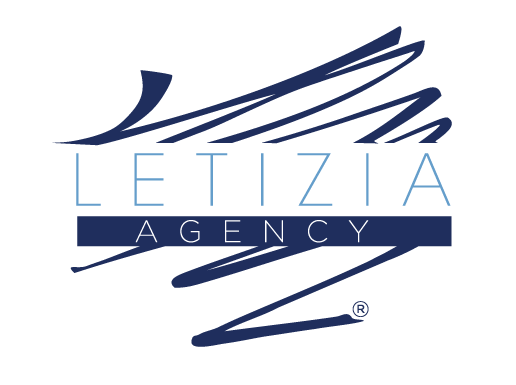Expert Insights
Beyond Government Control: Why AI is Unstoppable and What It Means for the Future
I have been thinking about artificial intelligence (AI) and its relationship with government policies. Some people believe that governments can and should regulate the development and deployment of AI to prevent negative consequences such as job displacement, privacy invasion, bias, and safety risks.
Others argue that AI is a global phenomenon that cannot be contained by national borders or laws and that attempting to do so would be futile, counterproductive, or even harmful.
I agree with the latter view. We are past the point of no return when it comes to AI, meaning that AI’s technological progress and adoption have become too pervasive, complex, and diverse to be reversed or constrained by any single actor or institution. AI is already embedded in our daily lives in many ways, from search engines and social media algorithms to autonomous vehicles and medical diagnosis systems. It is also a vital component of the global economy, with trillions of dollars invested in AI research, development, and applications across various sectors.
Therefore, even if the U.S. government decided to stop the growth of AI, it would not be able to prevent other countries or private entities from pursuing AI advancements and reaping the benefits. It might even put the U.S. at a disadvantage regarding competitiveness, innovation, and national security. Other countries such as China, Russia, and Europe have already prioritized AI and invested heavily in AI talent, infrastructure, and regulation. If the U.S. were to lag in AI, it could lose its leadership and influence on the world stage and miss out on AI’s potential benefits for improving human lives, such as better healthcare, education, energy efficiency, and scientific discovery.
Of course, this does not mean we should abandon all ethical, social, and legal considerations when it comes to AI. On the contrary, we need more informed, inclusive, and proactive discussions and actions around AI’s responsible development and use based on evidence, values, and participation. This requires collaboration and engagement among various stakeholders, including researchers, industry leaders, policymakers, civil society groups, and the general public. We also need to invest more in AI education and literacy so that more people can understand and contribute to the AI landscape rather than fear or ignore it.
In conclusion, let’s not underestimate AI’s power and potential nor overestimate governments’ control and influence over it. Instead, let’s embrace the complexity and diversity of AI and work together to shape its evolution and impact in a way that reflects our shared aspirations and values.

